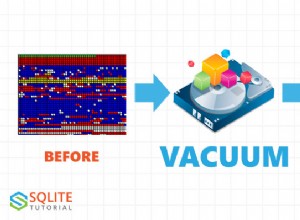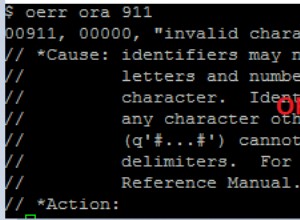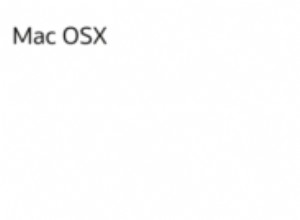Najskuteczniejszym sposobem, jaki przychodzi mi do głowy, jest użycie utrwalonej kolumny obliczanej dla wartości skrótu kolumny obrazu. Użyj hashbytes aby obliczyć skrót i dodać unikalne ograniczenie w kolumnie obliczeniowej.
Definicja tabeli:
create table Images
(
ID int identity primary key,
Img varbinary(max),
ImgHash as convert(varbinary(16), hashbytes('MD5', Img)) persisted unique
)
Przykładowy kod z tabelą obrazów:
insert into Images values
(convert(varbinary(max), 'Image1')),
(convert(varbinary(max), 'Image2'))
declare @NewImage varbinary(max) = convert(varbinary(max), 'Image2')
select count(*)
from Images
where ImgHash = hashbytes('MD5', @NewImage)
Unikalne ograniczenie tworzy indeks, który zostanie użyty w zapytaniu.

Twój SP, aby dodać obraz, może wyglądać tak przy użyciu merge i wyjście z trikiem z tej odpowiedzi AKTUALIZACJA -no-op w instrukcji SQL MERGE dostarczone przez Andriy M .
create procedure Images_Add
@NewImage varbinary(max)
as
declare @dummy int
merge Images as T
using (select @NewImage, hashbytes('MD5', @NewImage)) as S(Img, ImgHash)
on T.ImgHash = S.ImgHash
when not matched then
insert(Img) values(S.Img)
when matched then
update set @dummy = 0
output inserted.ID;




